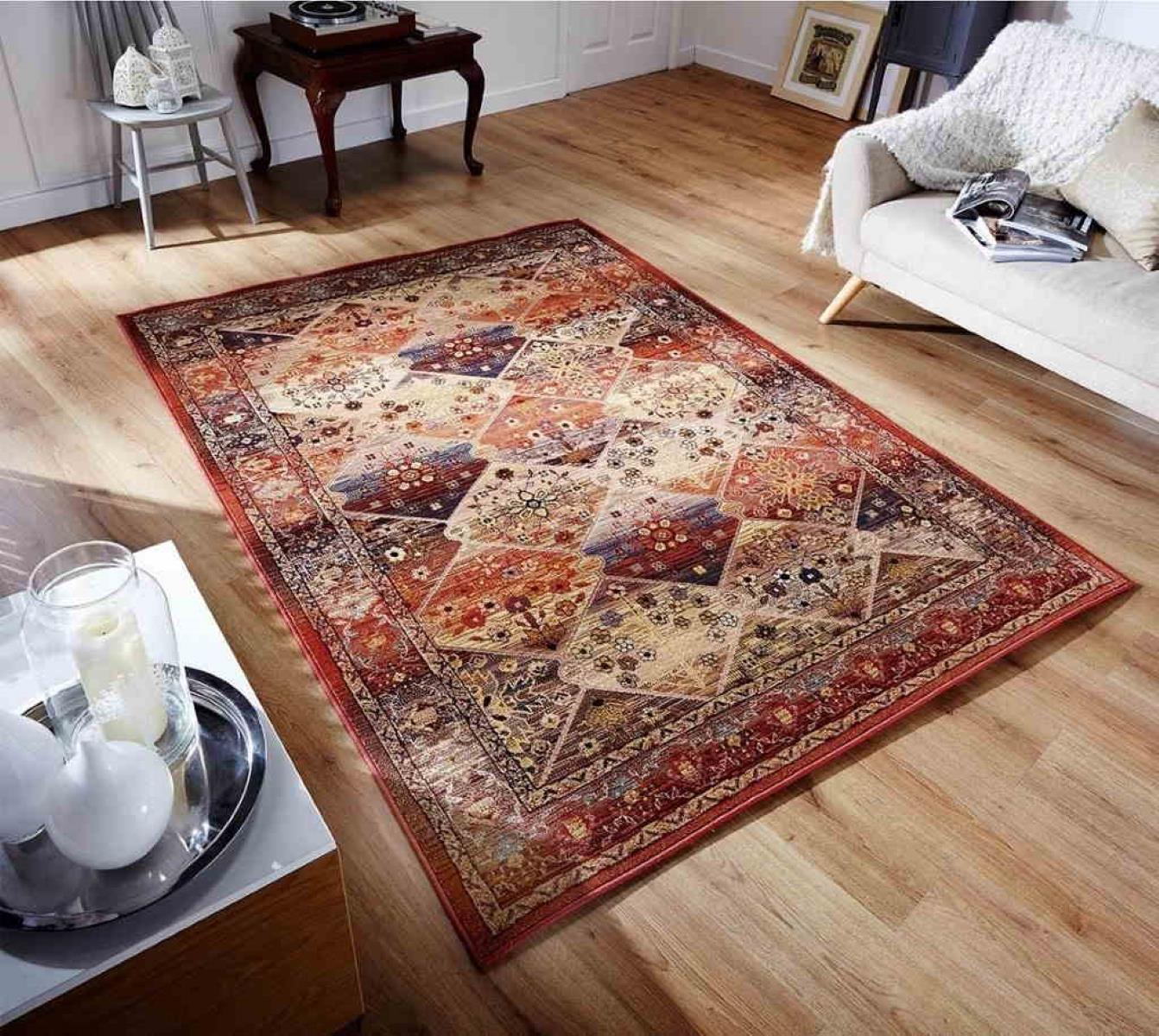

Articles
How To Decorate With Persian Rugs
Modified: January 19, 2024
Discover expert articles on how to beautifully decorate your space with Persian rugs. Perfect your home decor with timeless elegance and unique style.
(Many of the links in this article redirect to a specific reviewed product. Your purchase of these products through affiliate links helps to generate commission for Storables.com, at no extra cost. Learn more)
Introduction
Welcome to the world of Persian rugs! These exquisite works of art have been treasured for centuries, celebrated for their intricate designs, vibrant colors, and impeccable craftsmanship. Whether you’re a seasoned collector or a beginner looking to add a touch of elegance to your home, decorating with Persian rugs is a timeless choice that can transform any space.
In this article, we will guide you through the process of choosing the perfect Persian rug and help you incorporate it into your home decor. We’ll also share some valuable tips for maintaining and caring for your rug to ensure its longevity.
Before delving into the practical tips, let’s take a moment to understand the rich history and unique characteristics of Persian rugs.
Key Takeaways:
- Embrace the Timeless Elegance
Persian rugs are not just floor coverings; they are pieces of art that add a touch of luxury and elegance to any space, transforming it into a warm and inviting sanctuary. - Preserve and Cherish
Proper maintenance and care are essential for preserving the beauty and longevity of Persian rugs. By following simple cleaning and protective measures, these exquisite creations can become cherished family heirlooms.
Read more: How To Value Persian Rugs
Understanding Persian Rugs
Persian rugs hold a special place in the world of textile art, with a history that dates back thousands of years. These rugs are known for their superior quality and exquisite designs, making them highly sought after by collectors and enthusiasts.
Origin of Persian Rugs
The art of rug weaving in Persia, now present-day Iran, can be traced back to ancient times. The Persians were skilled weavers, and their rugs were not only practical but also a form of artistic expression. The rich cultural heritage and traditional techniques employed by Persian weavers have been passed down through generations.
Characteristics of Persian Rugs
Persian rugs are renowned for their distinct characteristics that set them apart from rugs produced in other regions. Here are some key features that make Persian rugs so special:
- Materials: Persian rugs are traditionally handwoven using natural materials such as wool, silk, or a combination of both. The use of high-quality materials contributes to the durability and luxurious feel of these rugs.
- Designs: Persian rugs are known for their intricate and detailed designs. Each rug tells a unique story through its motifs, symbols, and patterns. Popular designs include floral, medallion, geometric, and pictorial motifs.
- Colors: Persian rugs are renowned for their rich and vibrant color palettes. Traditional natural dyes derived from plants, roots, and insects are used to create the mesmerizing hues found in these rugs.
- Knot Density: Persian rugs are often characterized by their high knot density. A higher knot count typically indicates superior craftsmanship and results in a more detailed and finely woven rug.
Types of Persian Rugs
Persian rugs come in a wide variety of styles and types, each originating from a specific region or weaving center in Iran. Here are a few popular types of Persian rugs:
- Tabriz Rugs: Tabriz rugs are considered among the finest Persian rugs. They are known for their intricate designs, exceptionally fine knotting, and a wide range of colors.
- Isfahan Rugs: Isfahan rugs are known for their elegant designs and graceful curves. They often feature central medallions surrounded by intricate floral motifs.
- Kashan Rugs: Kashan rugs are recognized for their stunning colors and detailed patterns. They typically feature motifs such as vases, hunting scenes, and Shah Abbasi medallions.
- Heriz Rugs: Heriz rugs have a distinctive geometric design and bold colors. They are known for their durability and are often passed down through generations.
These are just a few examples of the diverse range of Persian rugs available. Each type has its own unique characteristics and reflects the artistic traditions of the specific region where it is produced.
Read more: What Are Persian Rugs
Choosing the Perfect Persian Rug
Choosing the right Persian rug for your space can seem like a daunting task, given the vast array of options available. However, by considering a few key factors, you can make an informed decision that complements your existing decor and adds a touch of elegance to your home.
Factors to Consider
Before diving into the specifics of size, placement, colors, and designs, it’s important to consider the following factors:
- Style and Theme: Consider the overall style and theme of your room. Do you prefer a traditional, vintage, or contemporary look? Understanding the aesthetic you want to achieve will help narrow down your options.
- Budget: Determine your budget range. Persian rugs can vary significantly in price depending on factors such as size, materials used, and knot density. Set a realistic budget to guide your search.
- Room Traffic: Consider the level of foot traffic in the room where you plan to place the rug. If it’s a high-traffic area, you may want to opt for a rug that is more durable and easy to clean.
Size and Placement
The size and placement of your Persian rug play a crucial role in creating the desired visual impact in your space. Here are a few tips to help you make the right choice:
- Measure Your Space: Measure the area where you plan to place the rug, considering the furniture arrangement. This will help you determine the appropriate rug size.
- Room Size: In a small room, a larger rug can make the space feel more expansive. In a larger room, consider using multiple rugs or a larger-sized rug to anchor different seating or functional areas.
- Furniture Placement: Determine whether you want the rug to sit completely under the furniture or if you prefer a floating rug that frames the furniture. Both options can create different visual effects.
Colors and Designs
The colors and designs of your Persian rug can greatly impact the overall aesthetic of your space. Here are a few points to consider:
- Existing Color Palette: Take note of the existing colors in your room, including walls, furniture, and accessories. Choose a rug that complements or adds a pop of color to the space.
- Design Harmony: Consider the design elements in your room. If there are already busy patterns or intricate textures, you may want to opt for a more simple or subtle rug design. Conversely, if your room is minimalistic, a bolder rug design can become a focal point.
- Personal Preference: Ultimately, choose a Persian rug that resonates with your personal taste and brings joy to your space. Trust your intuition and opt for a design that speaks to you.
By considering these factors and taking the time to explore different options, you can select a Persian rug that not only complements your space but also reflects your unique style and personality.
Read more: How Expensive Are Persian Rugs
Incorporating Persian Rugs into Your Décor
Persian rugs add a touch of luxury and elegance to any space, making them a perfect addition to your home décor. From the living room to the home office, these versatile rugs can transform the ambiance of a room and create a warm and inviting atmosphere. Here are some ideas for incorporating Persian rugs into different areas of your home:
Living Room
The living room is often the focal point of the house, where family and guests gather to relax and socialize. A Persian rug can anchor the seating area and add a sense of comfort and style. Consider these suggestions:
- Centerpiece: Place a large Persian rug in the center of your living room, beneath the coffee table and sofa arrangement. This helps define the space and creates a visual focal point.
- Color Coordination: Choose a rug that complements the colors in your living room. If you have neutral furniture, a rug with vibrant colors and bold patterns can create a stunning contrast.
- Layering: For a more eclectic and cozy look, layer your Persian rug over a larger neutral rug. This adds dimension and texture to your living room décor.
Dining Room
In the dining room, a Persian rug can bring warmth and sophistication to the space. Consider the following tips:
- Under the Dining Table: Place a Persian rug under your dining table to create a defined area and add an element of luxury. Make sure the rug is large enough to accommodate the dining chairs, even when they are pulled out.
- Contrast and Balance: Opt for a rug that contrasts with your dining room furniture or complements the colors and patterns of your tableware. This creates a harmonious balance between your rug and the surrounding elements.
- Easy Maintenance: Consider using a rug with a low pile or a pattern that can hide any potential spills or stains. This ensures that your Persian rug remains beautiful and easily maintainable in the dining area.
Bedroom
A Persian rug in the bedroom can add warmth and luxury, creating a cozy retreat. Here are a few ideas:
- Under the Bed: Place a Persian rug beneath your bed, allowing it to extend at least 2-3 feet on each side. The rug should provide a soft and inviting surface for your feet as you step out of bed.
- Color Harmony: Choose a rug that complements the colors and style of your bedding and bedroom furniture. This creates a cohesive and visually appealing look.
- Texture Play: Consider a Persian rug with a plush pile or intricate texture to add depth and visual interest to your bedroom. This can create a luxurious and cozy ambiance.
Read more: How To Store A Persian Rug
Entryway
The entryway sets the tone for the rest of your home, and a Persian rug can make a stunning first impression. Consider these suggestions:
- Size and Shape: Choose a Persian rug that fits the size and shape of your entryway. A long, narrow runner rug can create a welcoming pathway, while a round or square rug can add a unique touch.
- Statement Piece: Opt for a rug with a bold design or vibrant colors to make a statement in your entryway. This can create an instant focal point and showcase your personal style.
- Durability: Since entryways often experience heavy foot traffic, look for a Persian rug with a durable construction and easy-to-clean materials. This ensures that your rug remains in great condition over time.
Home Office
A Persian rug can add warmth and sophistication to your home office, creating a more inviting and inspiring workspace. Consider the following tips:
- Under the Desk: Place a smaller Persian rug under your desk and office chair to add comfort and style to your workspace. This creates a designated area for your office setup.
- Color Balance: Consider a rug that complements the colors of your office furniture and creates a harmonious balance in the space. This can help create a peaceful and focused working environment.
- Pattern Inspiration: Choose a rug with an inspiring pattern or motif that reflects your personal taste and adds a touch of creativity to your home office.
By incorporating a Persian rug into these different areas of your home, you can elevate your décor and create a visually stunning and inviting space that reflects your personal style.
Maintenance and Care Tips
Proper maintenance and care are essential for preserving the beauty and longevity of your Persian rug. With regular cleaning and a few simple precautions, you can ensure that your rug remains vibrant and pristine for years to come. Here are some maintenance and care tips to keep in mind:
Regular Cleaning
Regular cleaning is important to prevent dirt and dust from settling into the fibers of your Persian rug. Here are a few cleaning practices to incorporate into your routine:
- Vacuuming: Vacuum your rug regularly, ideally once a week, using a low-power setting. This helps remove surface dirt and dust without damaging the delicate fibers.
- Hand Beating: Occasionally, take your rug outside and gently beat it with a carpet beater to loosen any embedded dirt or particles. This traditional method helps dislodge debris and restore the rug’s natural vibrancy.
- Avoid harsh chemicals: When using cleaning products on your rug, opt for mild, environmentally friendly solutions. Harsh chemicals may cause discoloration or damage to the fibers.
Read more: How To Identify Antique Persian Rugs
Dealing with Stains
Accidents happen, and addressing stains promptly is crucial for minimizing long-term damage to your Persian rug. Here’s what you can do:
- Blot, don’t rub: If a spill occurs, gently blot the stain with a clean cloth or paper towel. Avoid rubbing, as this can spread the stain and damage the fibers.
- Stain removal: For specific types of stains, such as wine or food stains, consult a professional rug cleaner for advice on spot cleaning techniques. Avoid DIY remedies that may cause more harm than good.
- Professional cleaning: Periodically, have your Persian rug professionally cleaned to remove deep-seated dirt and stains. Professional cleaners have the expertise and tools to effectively restore and rejuvenate your rug without causing damage.
Protecting the Rug
Taking preventive measures to protect your Persian rug can help maintain its beauty and extend its lifespan. Here are a few tips to keep in mind:
- Rug padding: Use rug padding or underlay to provide extra cushioning and prevent slippage. This also helps protect the rug from wear and tear caused by foot traffic.
- Sun exposure: Avoid placing your Persian rug in direct sunlight, as prolonged exposure can cause fading and deterioration of the colors. Use curtains or blinds to filter the sunlight if necessary.
- Rotate the rug: To ensure even wear and fading, rotate your Persian rug periodically. This helps distribute foot traffic and sunlight exposure more evenly across the rug surface.
By following these maintenance and care tips, you can enjoy the beauty and longevity of your Persian rug for many years. Remember that each rug may have specific care requirements based on its materials and construction, so it’s always a good idea to consult with a professional rug cleaner for personalized advice.
Conclusion
Persian rugs are not just floor coverings; they are pieces of art that have captivated people around the world for centuries. Their intricate designs, vibrant colors, and exceptional craftsmanship contribute to their timeless appeal. By understanding the origin, characteristics, and types of Persian rugs, you can appreciate the rich heritage behind these beautiful creations.
Choosing the perfect Persian rug involves considering factors such as style, size, placement, colors, and designs. By taking these aspects into account, you can find a rug that complements your existing décor and adds a touch of luxury to your home.
Once you have incorporated a Persian rug into your space, it’s important to maintain and care for it properly to ensure its longevity. Regular cleaning, dealing with stains promptly, and taking preventive measures can help preserve the rug’s beauty and protect it from damage.
Whether you place a Persian rug in your living room, dining room, bedroom, entryway, or home office, it instantly enhances the ambiance and creates a warm and inviting atmosphere. The versatility of Persian rugs allows you to express your personal style while adding a touch of elegance to any room.
In the end, a Persian rug is not just a decorative item; it’s an investment that can be passed down through generations. With proper care and appreciation for its artistry, a Persian rug can become a cherished family heirloom, adding beauty and elegance to your home for years to come.
So, go ahead and explore the world of Persian rugs, choose the one that speaks to you, and let its timeless beauty adorn your home.
Frequently Asked Questions about How To Decorate With Persian Rugs
Was this page helpful?
At Storables.com, we guarantee accurate and reliable information. Our content, validated by Expert Board Contributors, is crafted following stringent Editorial Policies. We're committed to providing you with well-researched, expert-backed insights for all your informational needs.
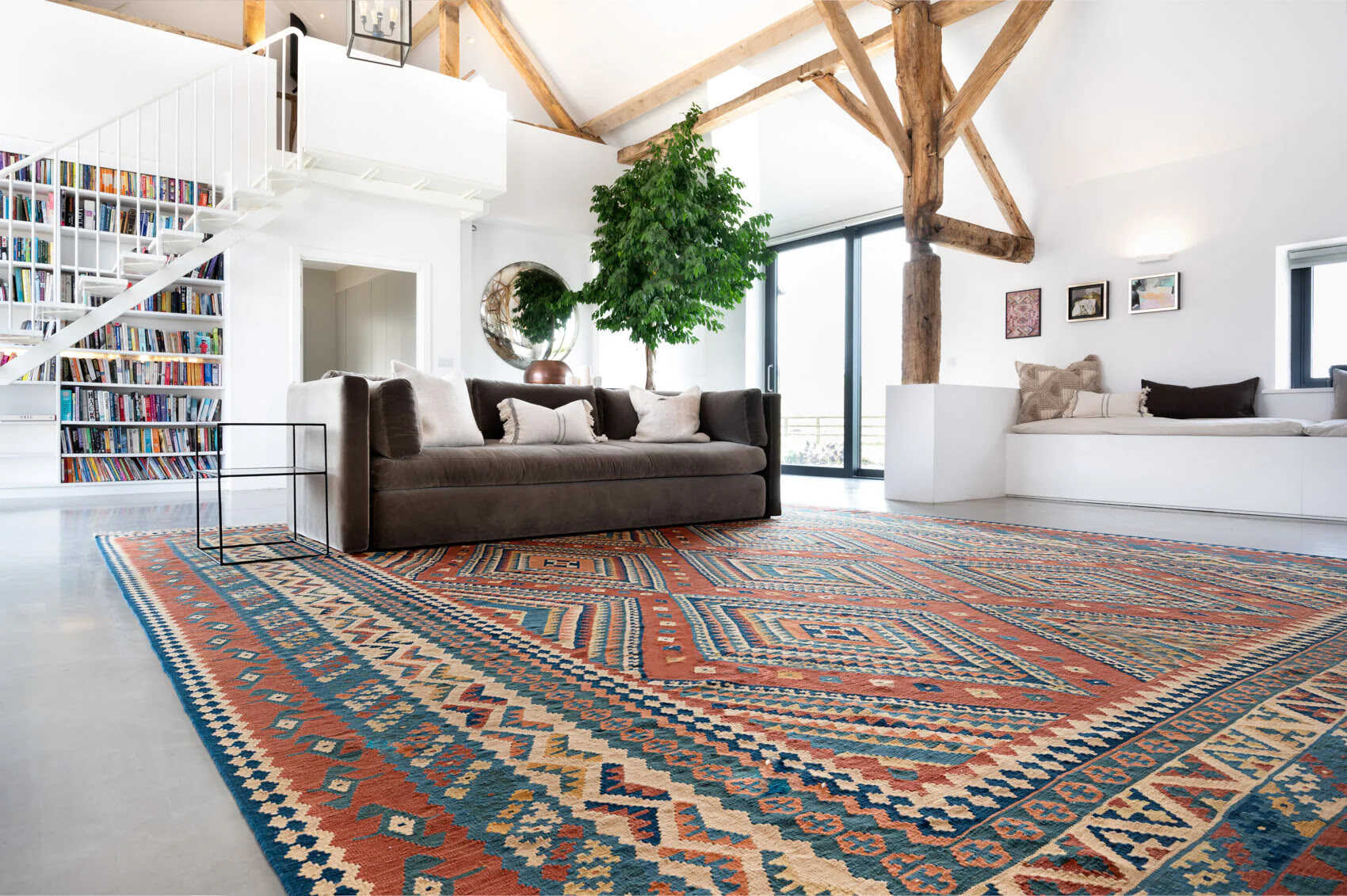
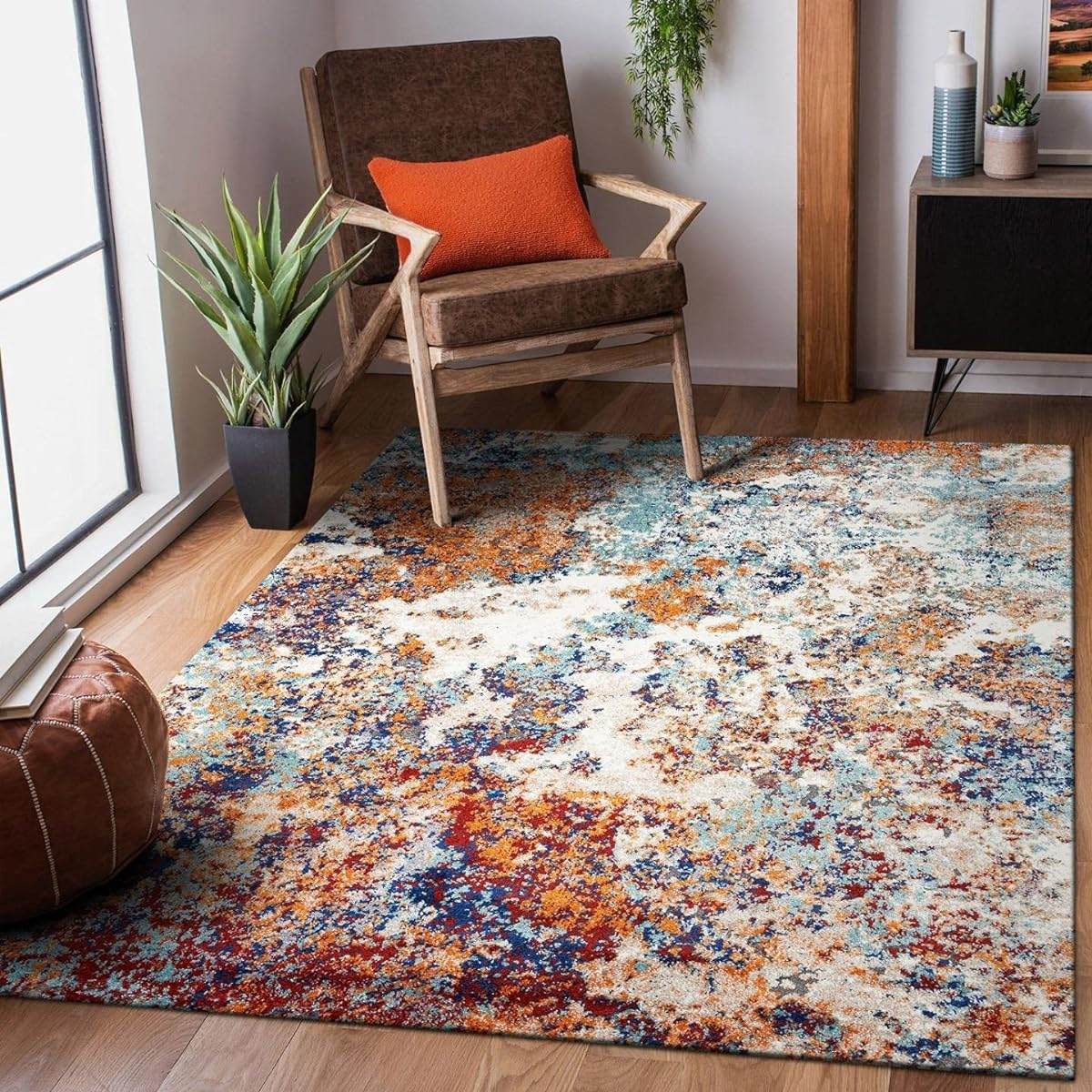
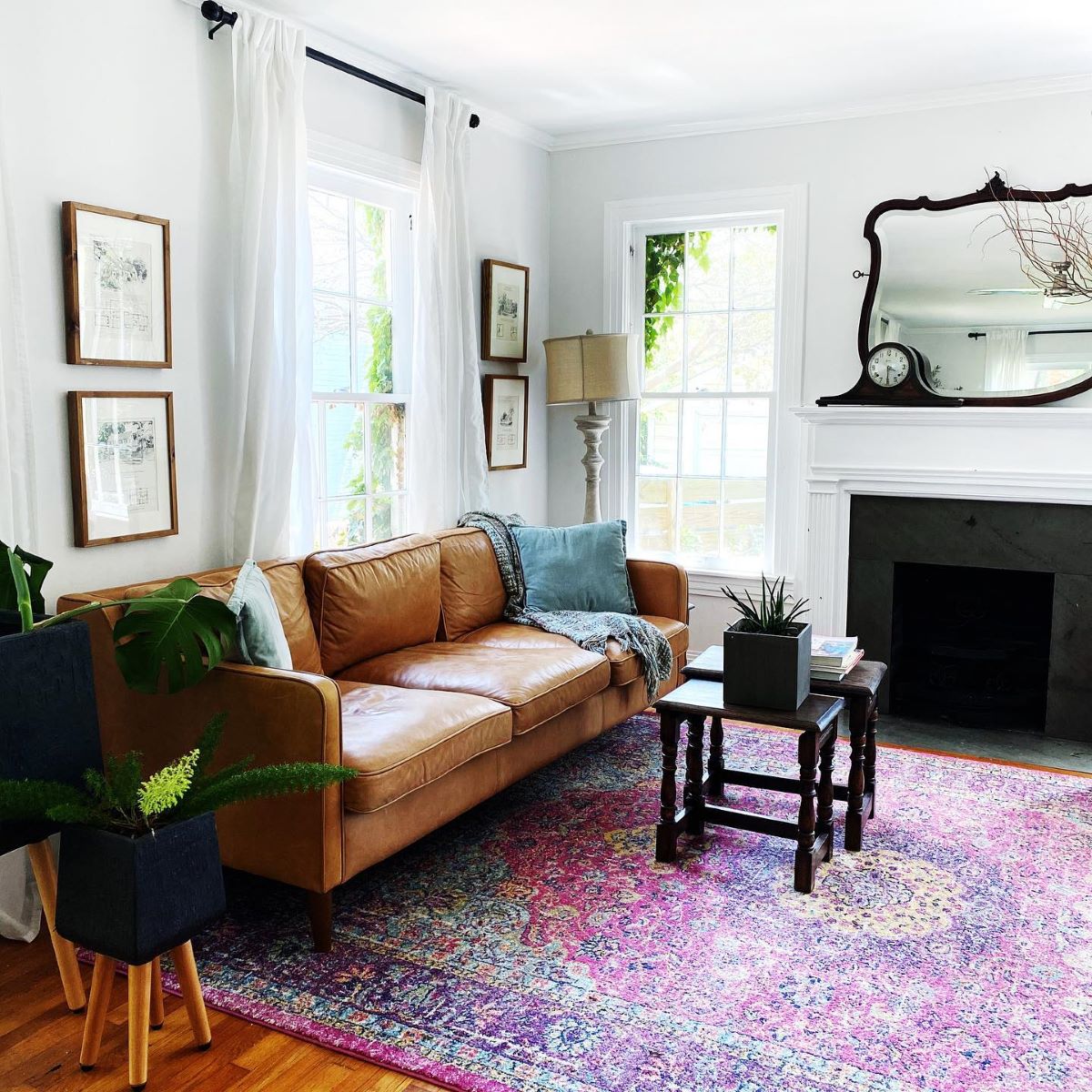
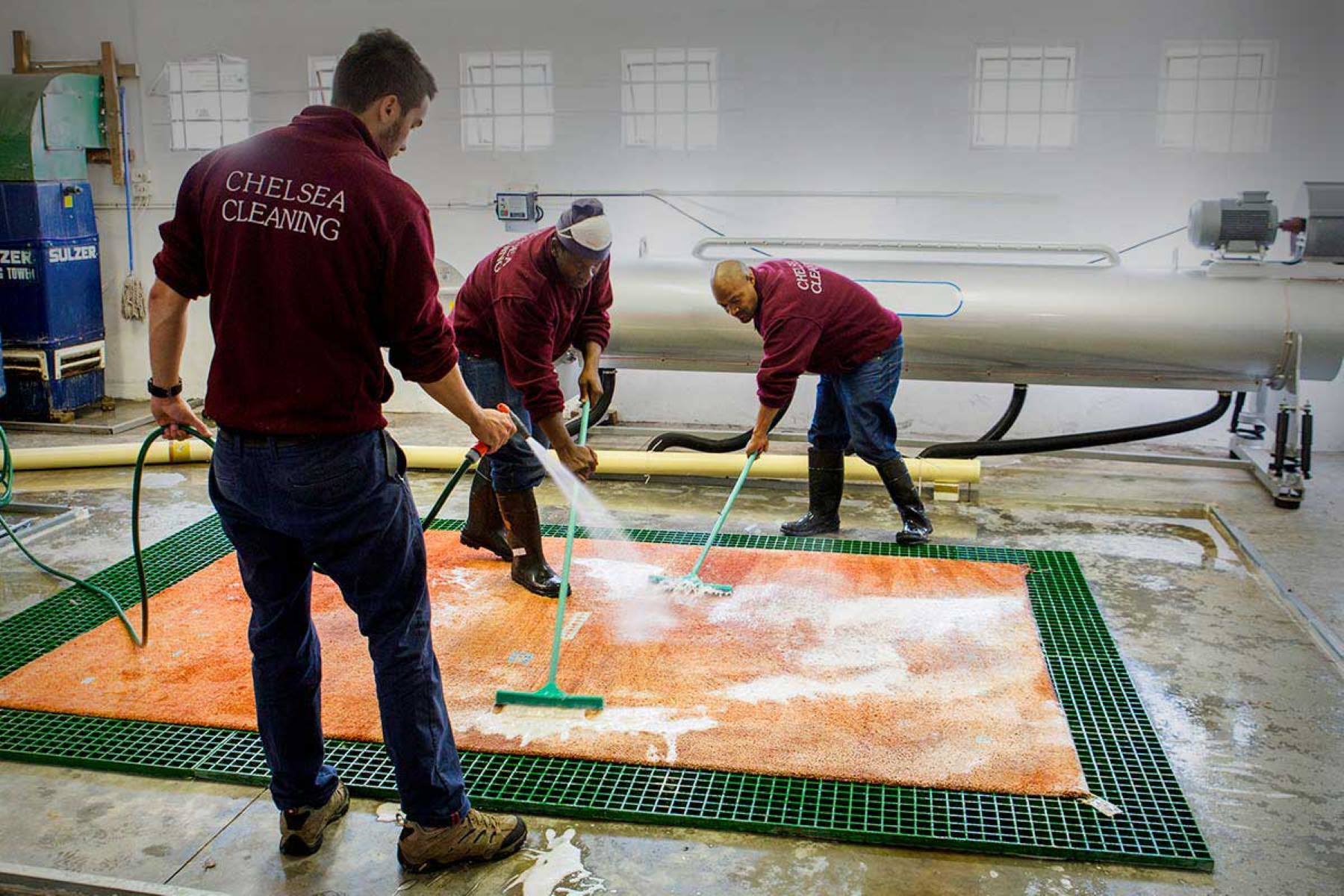
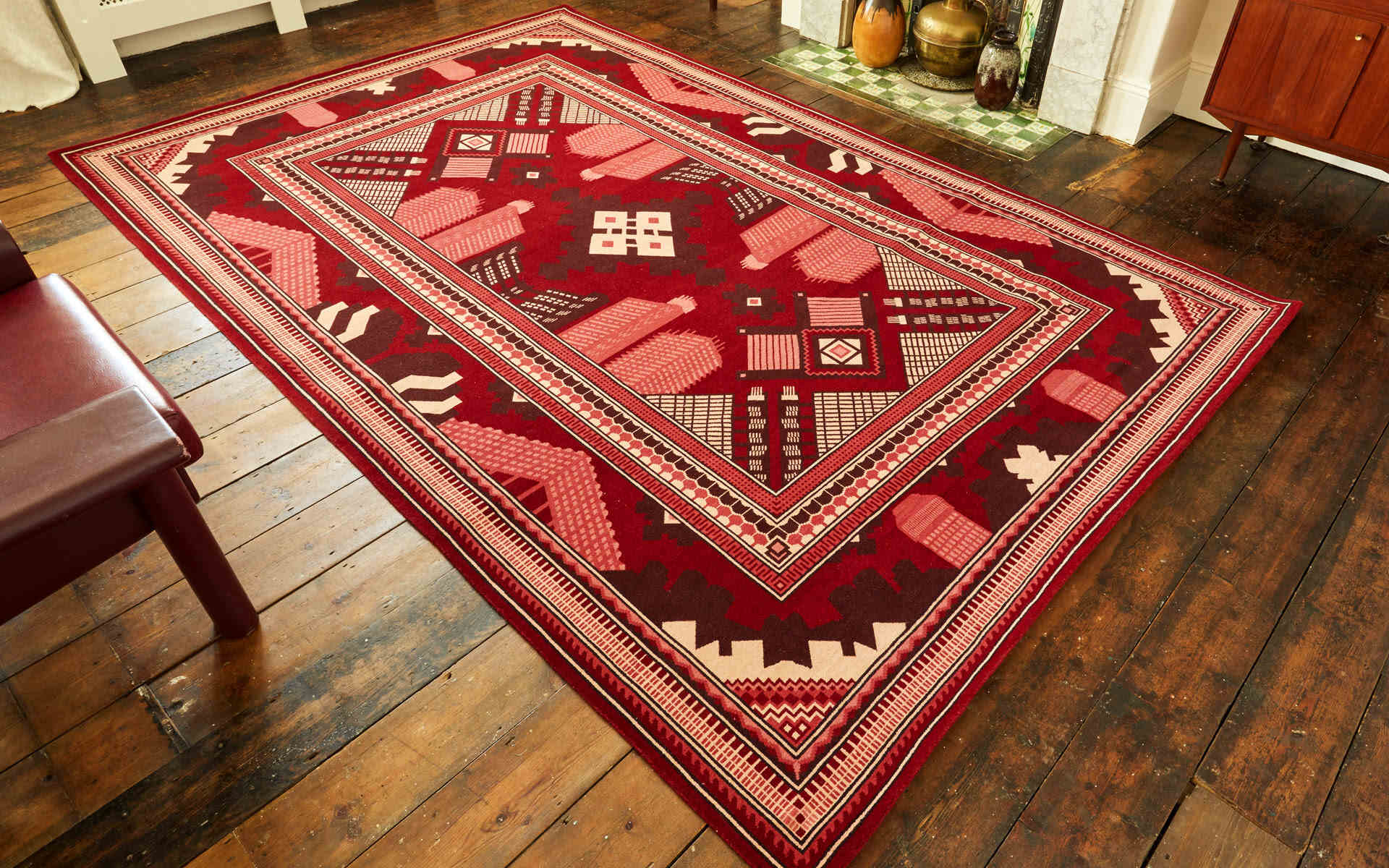
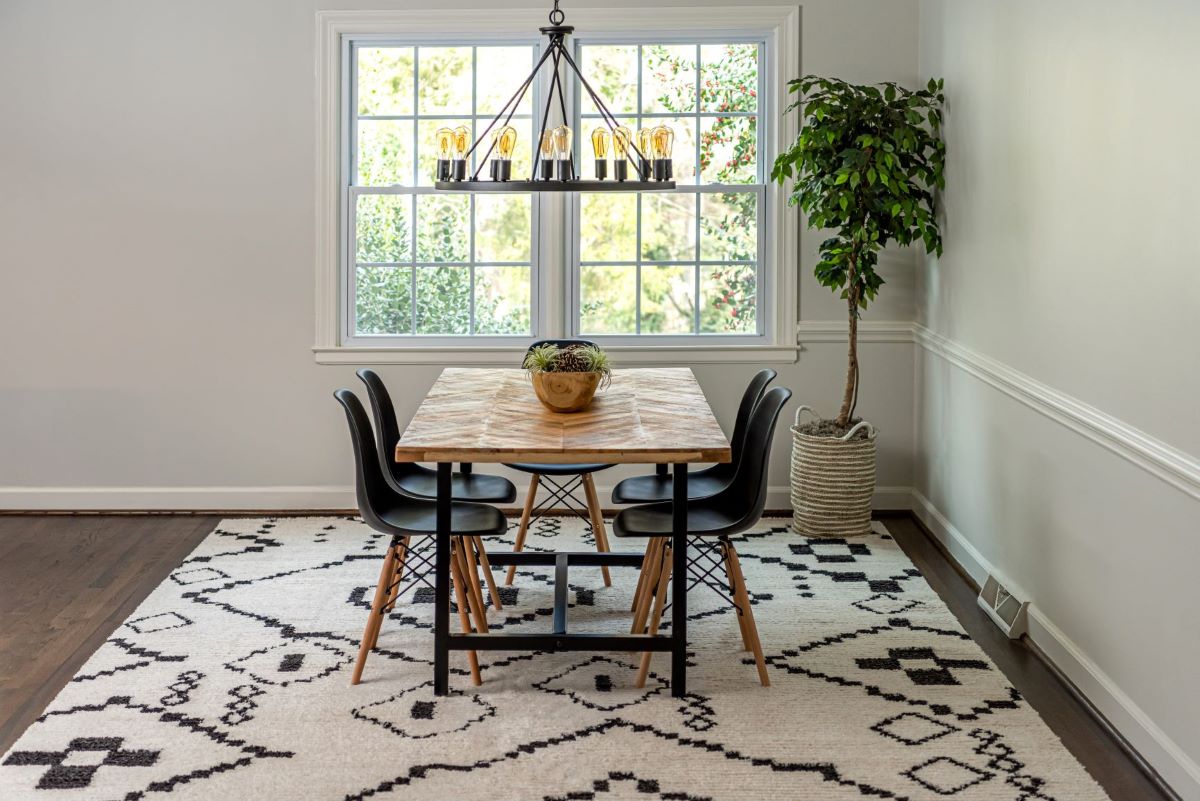
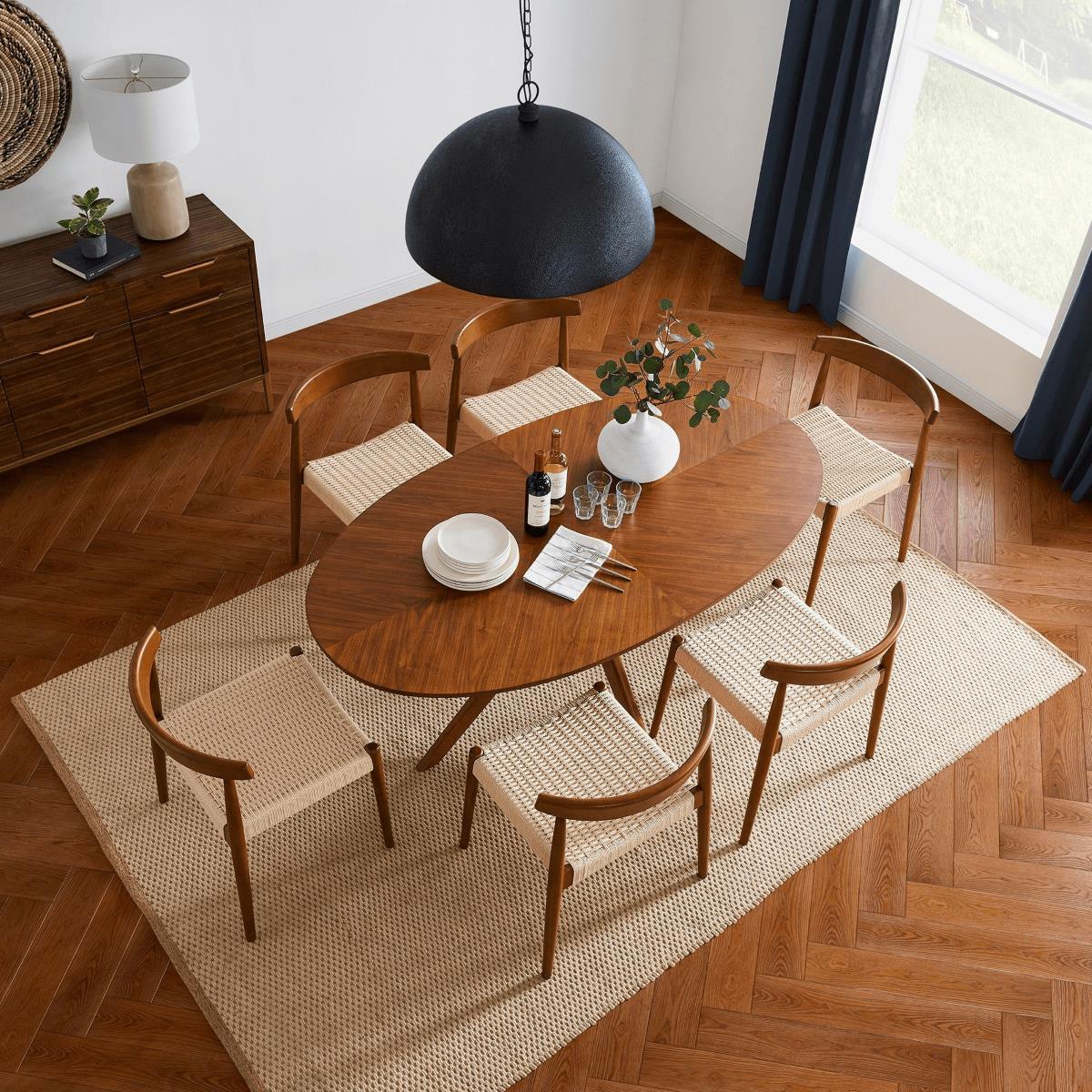
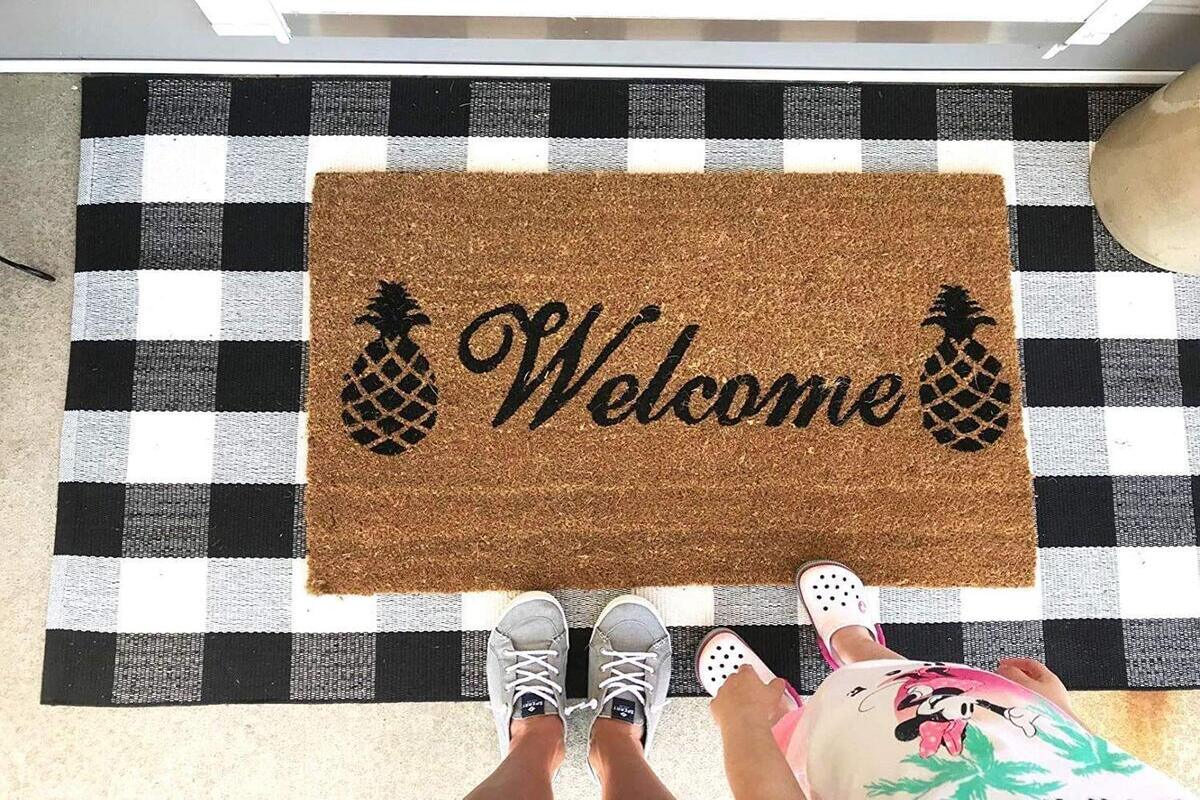
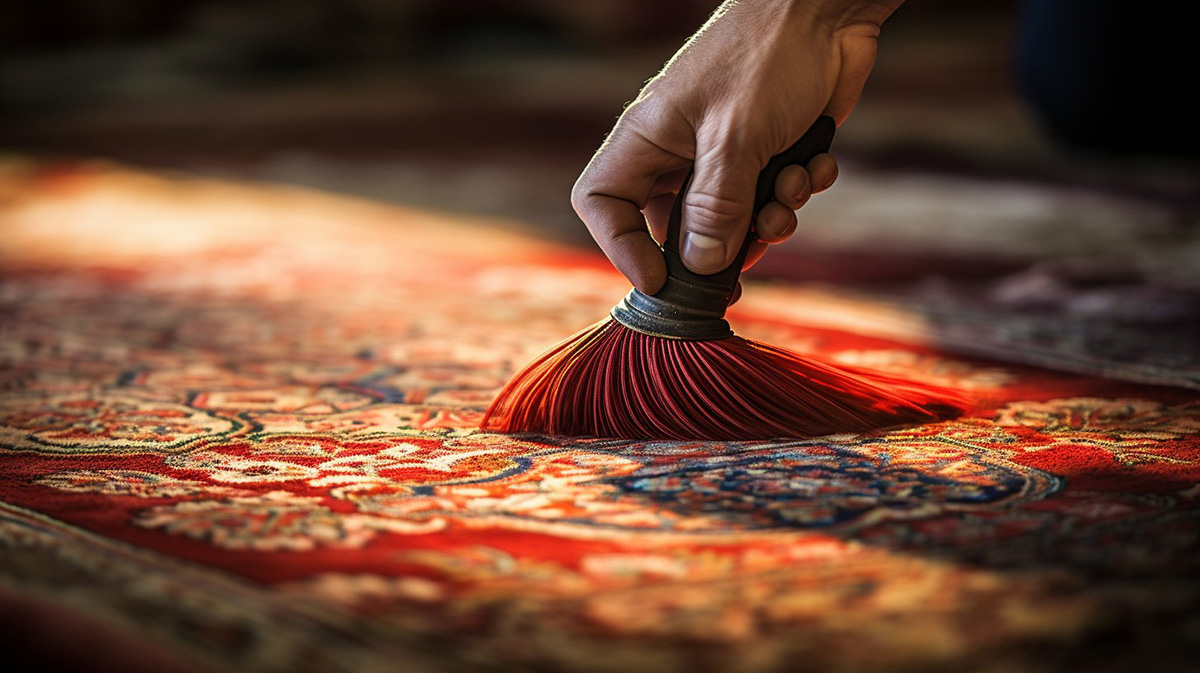
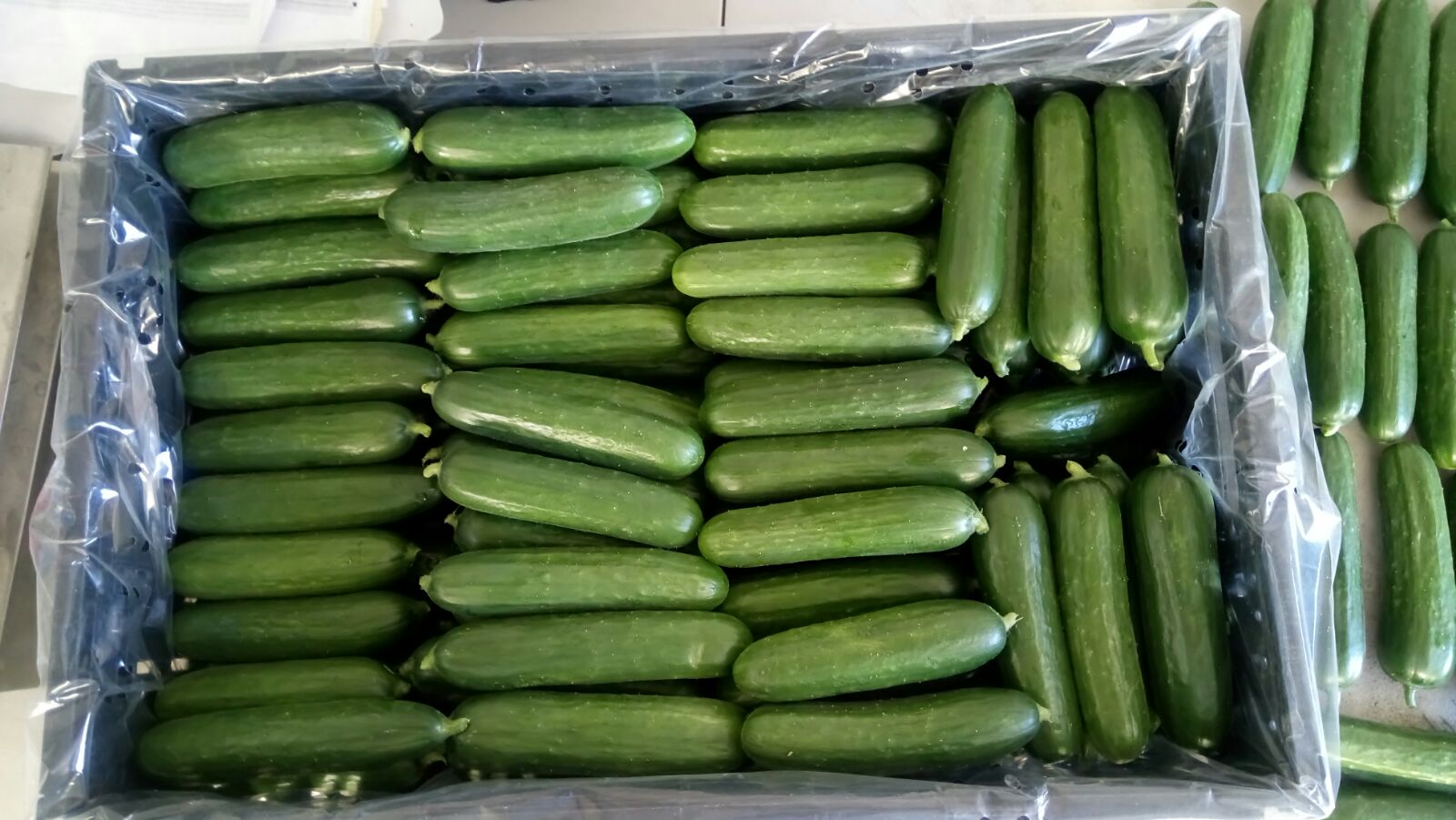
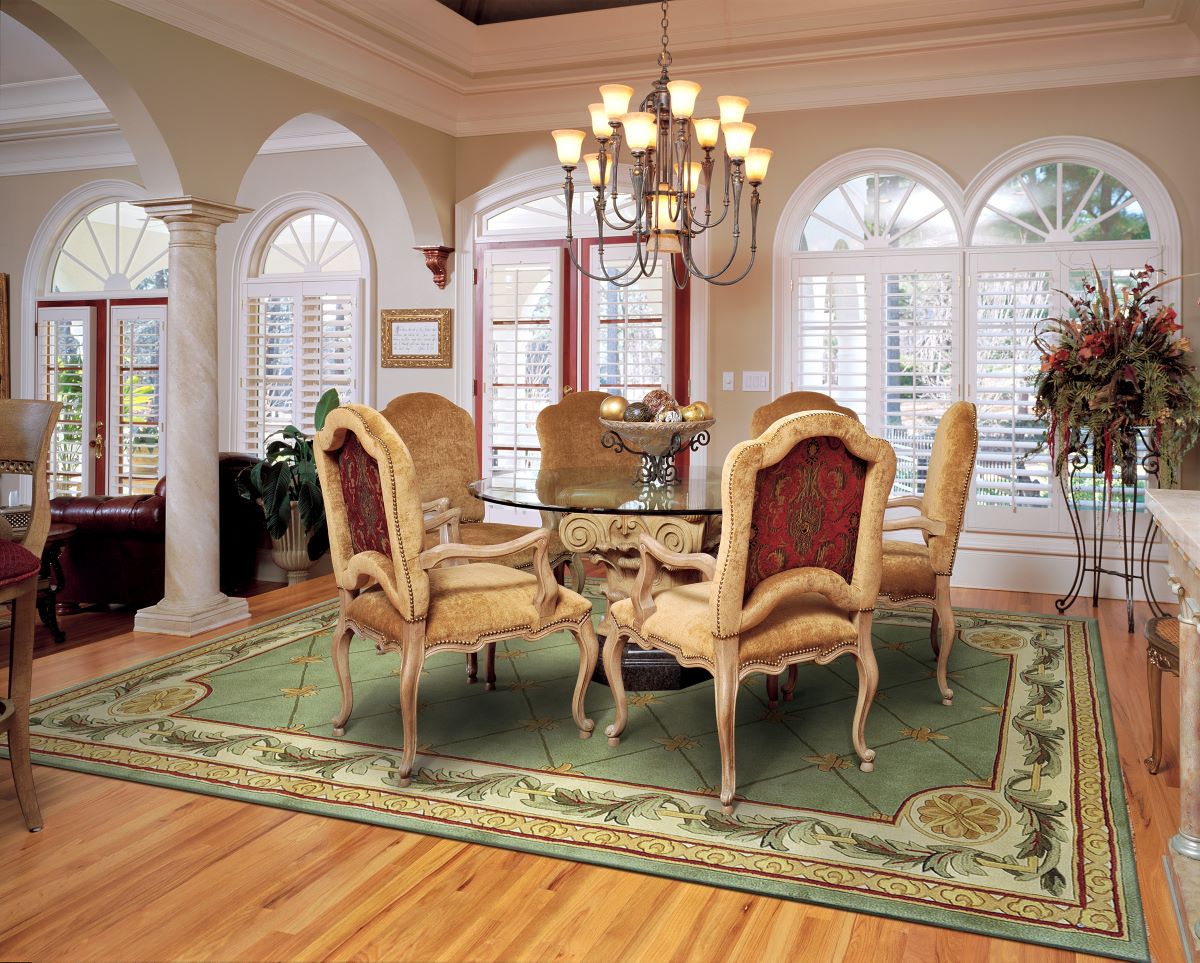

0 thoughts on “How To Decorate With Persian Rugs”